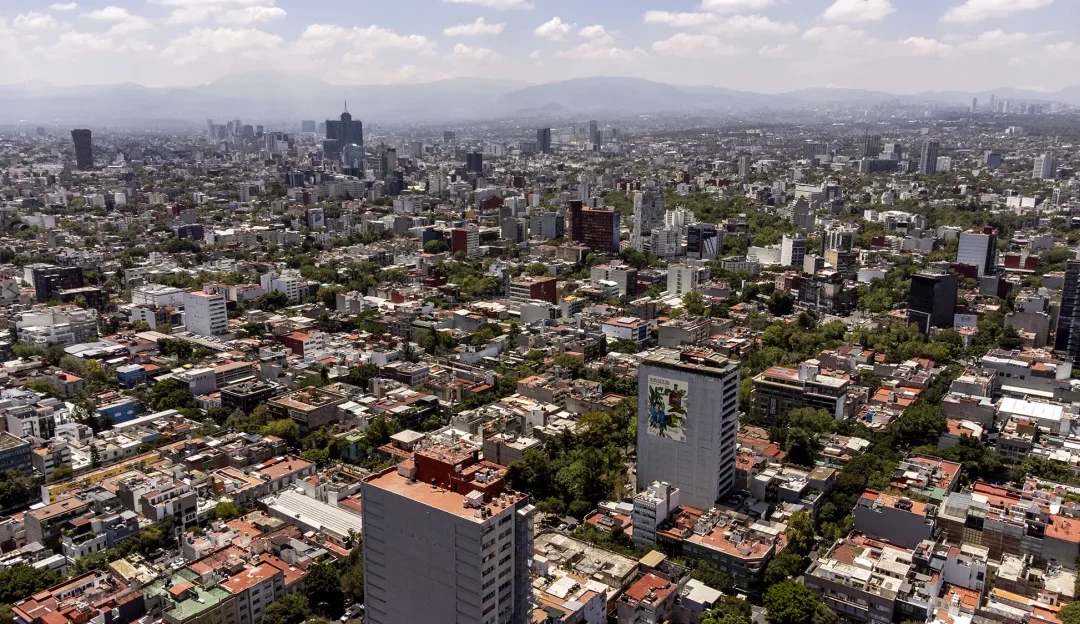Alejandro Gomez has been without proper running water for more than three months. Sometimes it comes on for an hour or two, but only a small trickle, barely enough to fill a couple of buckets. Then nothing for many days.
Gomez, who lives in Mexico City’s Tlalpan district, doesn’t have a big storage tank so can’t get water truck deliveries — there’s simply nowhere to store it. Instead, he and his family eke out what they can buy and store.
When they wash themselves, they capture the runoff to flush the toilet. It’s hard, he told CNN. “We need water, it’s essential for everything.”
Water shortages are not uncommon in this neighborhood, but this time feels different, Gomez said. “Right now, we are getting this hot weather. It’s even worse, things are more complicated.”
Mexico City, a sprawling metropolis of nearly 22 million people and one of the world’s biggest cities, is facing a severe water crisis as a tangle of problems — including geography, chaotic urban development and leaky infrastructure — are compounded by the impacts of climate change.
Years of abnormally low rainfall, longer dry periods and high temperatures have added stress to a water system already straining to cope with increased demand. Authorities have been forced to introduce significant restrictions on the water pumped from reservoirs.
“Several neighborhoods have suffered from a lack of water for weeks, and there are still four months left for the rains to start,” said Christian Domínguez Sarmiento, an atmospheric scientist at the National Autonomous University of Mexico (UNAM).
Politicians are downplaying any sense of crisis, but some experts say the situation has now reached such critical levels that Mexico City could be barreling towards “day zero” in a matter of months — where the taps run dry for huge swaths of the city.




















